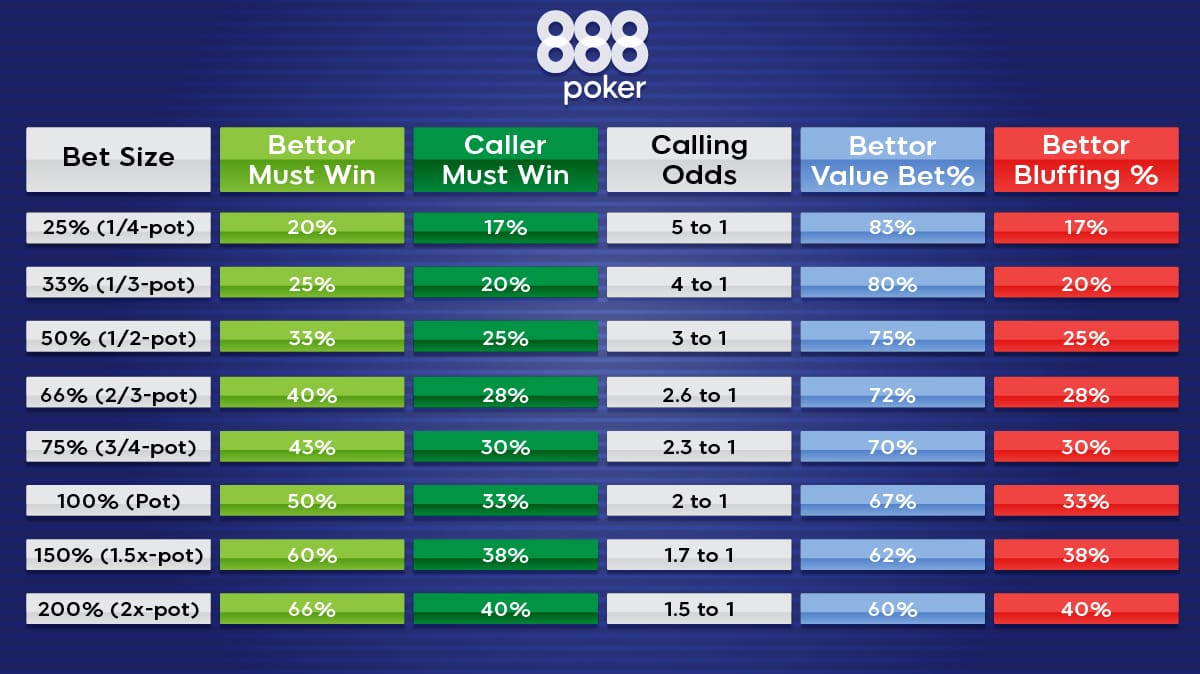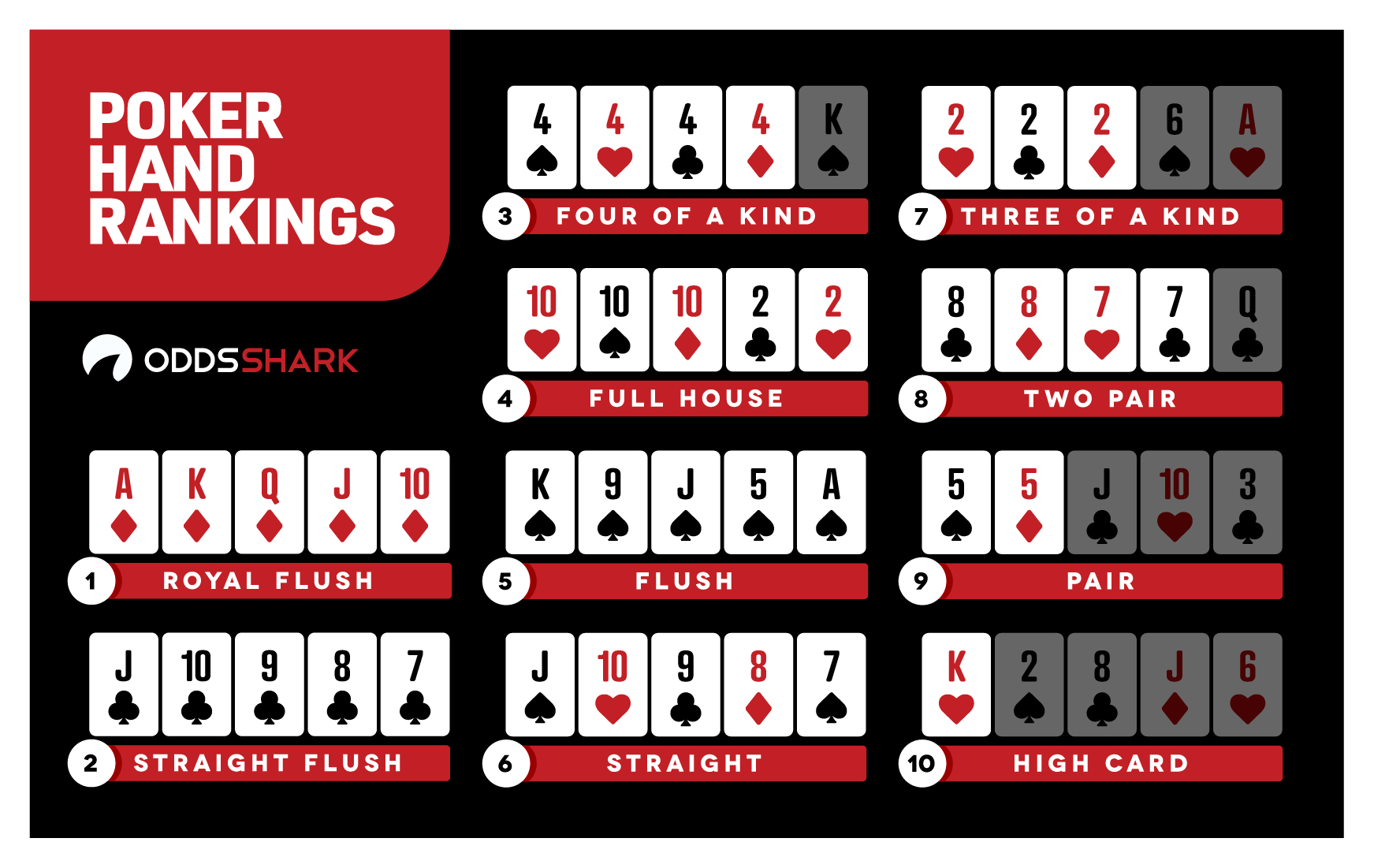Poker Odds Texas Holdem Chart
Poker Odds - Calculating Hand Odds In Texas Hold'em Poker & Charts Learning how to properly count your outs and calculate poker odds is a fundamental requirement of Texas Hold'em. While the math used to calculate odds might sound scary and over the head of a new player, it really isn't as hard as it looks. The Texas Hold'em odds for each of the different situations have been given in both percentage and ratio odds, so use whichever format you feel comfortable with. Other poker odds charts. For more useful odds charts that you can use for when you are working out whether or not to call when on a drawing hand, use the following tables: Ratio odds.


For those unfamiliar with outs, an 'out' is the term used in the after-flop betting rounds to describe any card among the unseen cards in the deck that can substantially improve the value of your hand on the next card turned up.
For example, if after the flop you happen to have a total of four hearts, then your hand has nine 'outs' because there are nine of the original thirteen hearts still left in the unseen remaining deck. A much weaker draw hand would be for example, an inside straight. This hand only has four outs because the only cards left in the deck that can complete the straight would be the four cards of the missing denomination.
Of course, the more outs you have the better chance you have of making a strong hand. This chart offers some extra ways to look at and evaluate those chances. All Texas Holdem hands have 47 unseen cards after the flop and 46 after the turn. The chart is nothing more than the number of outs and these two unseen cards amounts, expressed in different ways.
Texas Holdem Poker Odds Chart

Those on mobile devices or tablets may wish to view the holdem after flop outs odds chart in high quality .pdf format.
It might be interesting for you to note that when you double the number of outs, you get a number that is approximately the expected hit percentage of a single draw to your hand. For example, 8 outs equals about 16% (actually 17.02%) and 12 outs equals about 24% (actually 25.53%). You might find similar references or comparisons that you can use.
For those unfamiliar with outs, an 'out' is the term used in the after-flop betting rounds to describe any card among the unseen cards in the deck that can substantially improve the value of your hand on the next card turned up.
For example, if after the flop you happen to have a total of four hearts, then your hand has nine 'outs' because there are nine of the original thirteen hearts still left in the unseen remaining deck. A much weaker draw hand would be for example, an inside straight. This hand only has four outs because the only cards left in the deck that can complete the straight would be the four cards of the missing denomination.
Poker Odds Texas Holdem Calculator
Of course, the more outs you have the better chance you have of making a strong hand. This chart offers some extra ways to look at and evaluate those chances. All Texas Holdem hands have 47 unseen cards after the flop and 46 after the turn. The chart is nothing more than the number of outs and these two unseen cards amounts, expressed in different ways.
Poker Odds Texas Hold'em Charts


Those on mobile devices or tablets may wish to view the holdem after flop outs odds chart in high quality .pdf format.
It might be interesting for you to note that when you double the number of outs, you get a number that is approximately the expected hit percentage of a single draw to your hand. For example, 8 outs equals about 16% (actually 17.02%) and 12 outs equals about 24% (actually 25.53%). You might find similar references or comparisons that you can use.